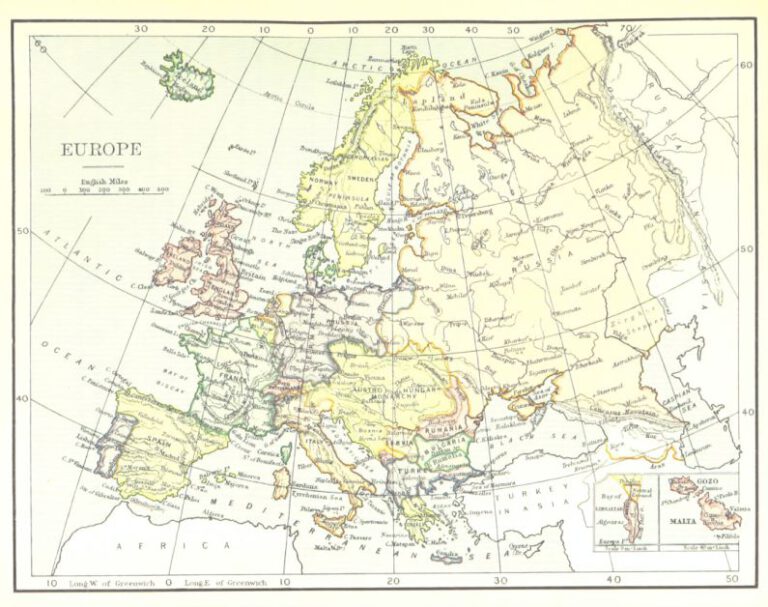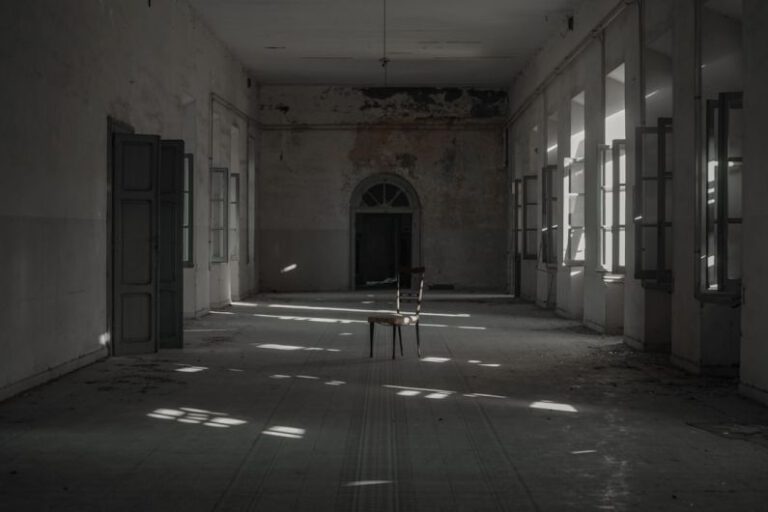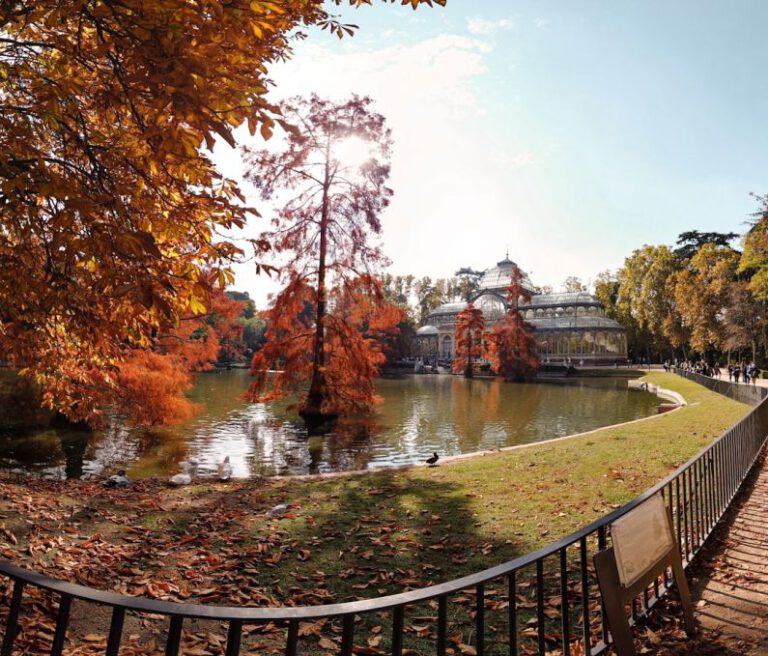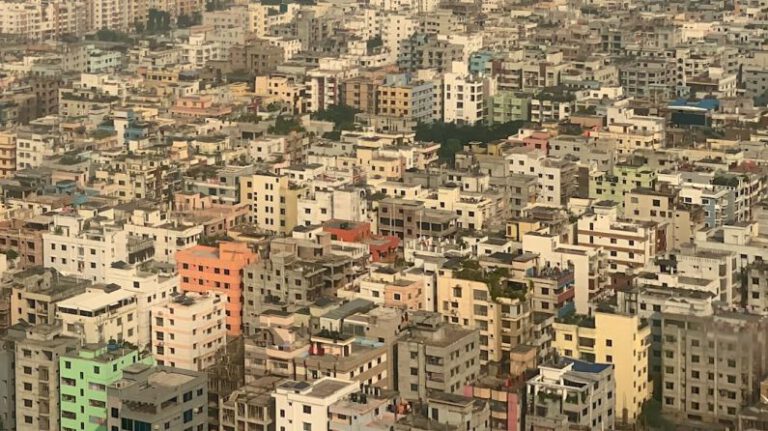Do We Overlook Urban Gems Due to Commercialization?
In today’s fast-paced world, urban spaces are often associated with commercialization and consumerism. With towering skyscrapers, flashy advertisements, and bustling shopping districts dominating city landscapes, it’s easy to overlook the hidden gems that lie beneath the surface. While commercialization certainly brings economic prosperity and innovation to urban areas, it also has the tendency to overshadow the unique cultural and historical aspects that make a city truly special. In this article, we delve into the impact of commercialization on urban spaces and explore whether we are missing out on these hidden gems as a result.
Exploring Authenticity Amidst Commercialization
Urban spaces are constantly evolving, with new developments and businesses cropping up at a rapid pace. While these changes often contribute to the vibrancy and economic growth of a city, they can also detract from its authenticity and charm. As commercialization takes center stage, traditional neighborhoods, historic landmarks, and cultural sites can sometimes be pushed to the sidelines, overshadowed by glitzy shopping malls and chain stores.
The Rise of Commercial Districts
Walk through any major city, and you’re likely to encounter bustling commercial districts filled with multinational brands and trendy cafes. While these areas undoubtedly attract tourists and shoppers, they can also homogenize the urban landscape, erasing the distinctiveness of each neighborhood. The proliferation of commercial chains can lead to a loss of local businesses and traditional establishments that give a city its character and soul.
Preserving Heritage and Identity
One of the major drawbacks of excessive commercialization is the potential loss of a city’s heritage and identity. As old buildings are torn down to make way for modern developments, historical sites are often sacrificed in the name of progress. This not only erases the physical remnants of the past but also diminishes the cultural significance of these spaces. In our quest for economic growth, are we neglecting the importance of preserving our urban heritage for future generations to enjoy?
Rediscovering Hidden Gems
Despite the pervasive influence of commercialization, there are still pockets of urban gems waiting to be discovered. From quaint alleyways lined with street art to hidden cafes tucked away in quiet neighborhoods, these hidden treasures offer a glimpse into the authentic heart of a city. By veering off the beaten path and exploring these lesser-known areas, we can unearth a wealth of cultural richness and local flavor that commercial districts often lack.
Embracing Community Spaces
In the midst of commercialization, community spaces play a crucial role in preserving the social fabric of urban areas. Parks, plazas, and public markets serve as gathering points for locals and visitors alike, fostering a sense of belonging and connection. These communal spaces provide a respite from the hustle and bustle of commercial districts, offering a more relaxed and authentic experience of city life.
Sustainability in Urban Development
As we grapple with the effects of commercialization on urban spaces, the concept of sustainability has become increasingly important. Balancing economic growth with environmental stewardship and social equity is essential to creating cities that are vibrant, inclusive, and resilient. By prioritizing sustainable urban development practices, we can ensure that future generations have access to thriving urban spaces that celebrate both commercial vitality and cultural heritage.
In Conclusion: Nurturing Urban Gems
As we navigate the complex interplay between commercialization and cultural preservation in urban spaces, it’s crucial to strike a balance that honors the past while embracing the future. By valuing the authenticity of our cities and nurturing their hidden gems, we can create vibrant and dynamic urban environments that reflect the diversity and richness of our communities. Let’s not overlook these urban treasures in the pursuit of commercial success but instead celebrate and safeguard them for generations to come.






